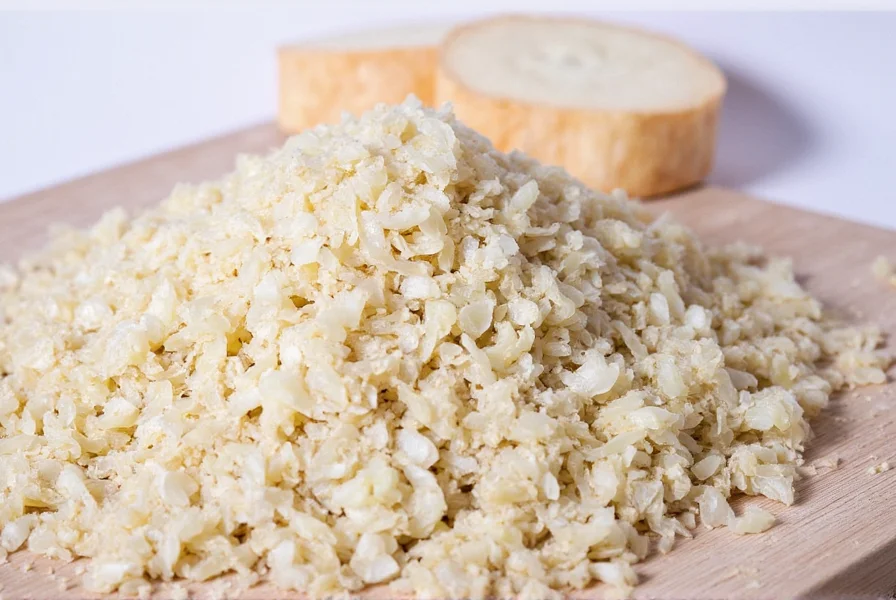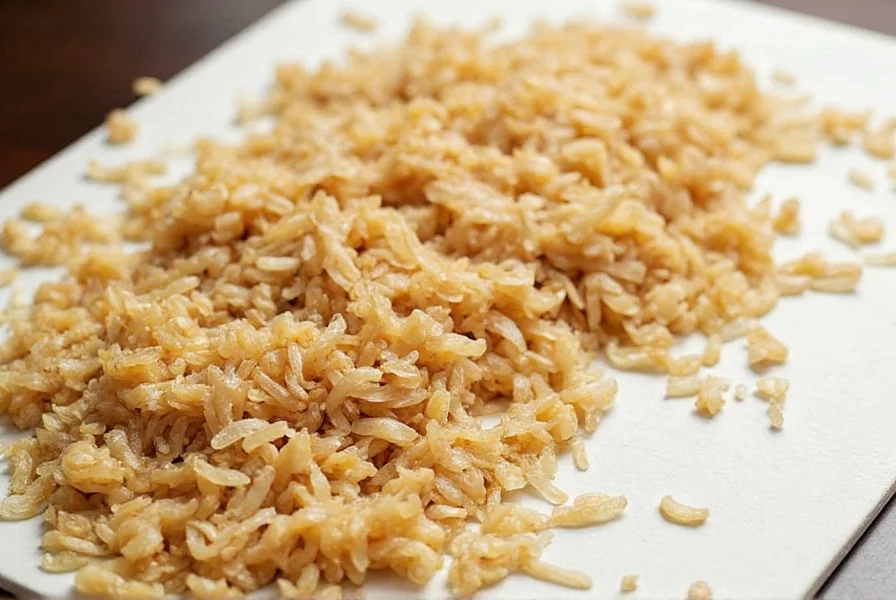Table of Contents
Best Storage Methods for Dried Minced Onion
Proper storage is critical for preserving dried minced onion's flavor and extending shelf life. According to the USDA Food Safety and Inspection Service, dried spices should be stored in airtight containers away from heat, light, and moisture. Here's how to maximize freshness:
- Use Glass Mason Jars: Store in opaque glass jars with tight-sealing lids (like Ball mason jars) to block light and prevent moisture. Plastic containers can absorb odors and degrade quality faster.
- Temperature Control: Keep at 50-70°F (10-21°C) in a dark pantry. Avoid storing near stoves, ovens, or windows where heat and light exposure can accelerate flavor loss.
- Moisture Prevention: Add food-grade desiccant packets to absorb humidity. Never store in the refrigerator, as condensation can cause clumping.
- Labeling Best Practices: Mark containers with purchase date and "use by" date (12-18 months for optimal flavor). For bulk storage, divide into smaller portions to minimize air exposure during use.
- Freezing Option: For long-term storage (up to 2 years), freeze in vacuum-sealed bags. Thaw at room temperature before use to prevent moisture absorption.

How to Use Dried Minced Onion in Cooking
Dried minced onion enhances flavor in cooked dishes without the prep time of fresh onions. Culinary experts recommend these evidence-based techniques:
- Soups and Stews: Add 1 teaspoon per cup of liquid during simmering. The heat rehydrates it, releasing savory umami notes that blend seamlessly into broths.
- Sauces and Dressings: Mix with olive oil, garlic, and herbs for instant vinaigrettes. For cream-based sauces, add early in cooking to dissolve fully.
- Meat Rubs: Combine with salt, pepper, and paprika for dry rubs. The fine texture adheres better than fresh onion to proteins like chicken or steak.
- Baked Goods: Use in savory breads or scones (1/2 teaspoon per cup of flour). Avoid in sweet baked goods where raw onion flavor may clash.
- Quick Fixes: Sprinkle over roasted vegetables 5 minutes before finishing. The dry heat caramelizes it for concentrated flavor without extra prep.

| Product Type | Quality Indicators | Best For | Expert Recommendation |
|---|---|---|---|
| Organic Premium | Non-GMO, no additives, USDA-certified | Gourmet cooking, health-focused diets | "Choose organic for maximum nutrient retention and purity. Brands like Frontier Co-op meet FDA organic standards." |
| Standard Commercial | Fine texture, no fillers, shelf-stable | Everyday meals, meal prep | "Look for "100% onion" on labels. Avoid products with anti-caking agents like silicon dioxide." |
| Bulk Value Packs | Large quantity, economical pricing | Restaurants, large families | "Store in vacuum-sealed bags. Divide into smaller portions to maintain freshness after opening." |
Dried Minced Onion to Fresh Onion Conversion
Understanding substitution ratios ensures accurate flavor in recipes. According to the American Culinary Federation and USDA Food Standards:
- Standard Conversion: 1 tablespoon dried minced onion = 1/4 cup fresh chopped onion
- Whole Onion Equivalent: 1 medium fresh onion (about 1 cup chopped) = 3 tablespoons dried minced onion
- When to Substitute: Use dried in cooked dishes like soups, stews, and sauces. For raw applications (salads, salsas), fresh onion is preferred for texture and sharpness.
- Rehydration Tip: For dishes with minimal liquid, soak dried onion in warm water for 5 minutes before adding to restore texture.
Expert Answers to Common Questions
Does dried minced onion retain nutritional value compared to fresh?
Yes, dried minced onion retains 80-90% of key nutrients like vitamin C, quercetin, and sulfur compounds according to the Journal of Food Science. Water-soluble vitamins decrease slightly during drying, but antioxidant properties remain highly effective for immune support and inflammation reduction.
Can I use dried minced onion in place of fresh in any recipe?
Dried minced onion works best in cooked dishes where liquid rehydrates it. For raw applications like salads or salsas, it's not ideal as it lacks crunch and requires rehydration. Always adjust quantities using the standard conversion ratio (1 tbsp dried = 1/4 cup fresh) to avoid overpowering flavor.
How long does dried minced onion last when stored properly?
When stored in airtight glass containers away from light and moisture, dried minced onion maintains peak flavor for 12-18 months. For maximum shelf life (up to 2 years), freeze in vacuum-sealed bags. Always check for musty odors or discoloration before use—these indicate spoilage.
What's the difference between dried minced onion and onion powder?
Dried minced onion consists of small dehydrated onion pieces that add texture and visible bits to dishes. Onion powder is finely ground to a dust-like consistency that dissolves completely. Use minced onion for texture in stews or rubs, and powder for smooth sauces or dressings where no texture is desired.
Is dried minced onion gluten-free?
Pure dried minced onion is naturally gluten-free. However, cross-contamination can occur in facilities processing wheat. For celiac disease, choose brands with certified gluten-free labeling (like Bob's Red Mill or Spice Islands) and check for "processed in a dedicated gluten-free facility" statements.










 浙公网安备
33010002000092号
浙公网安备
33010002000092号 浙B2-20120091-4
浙B2-20120091-4